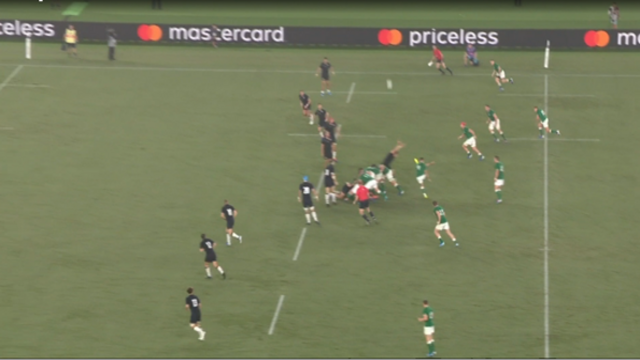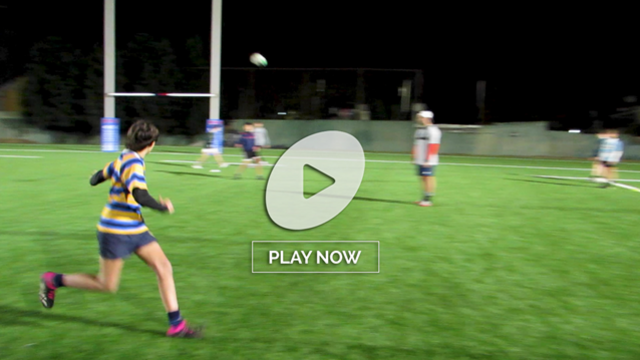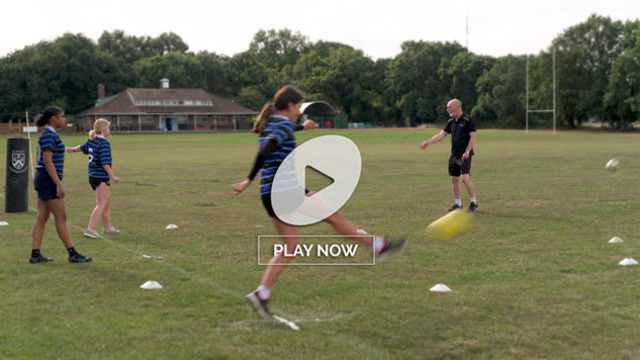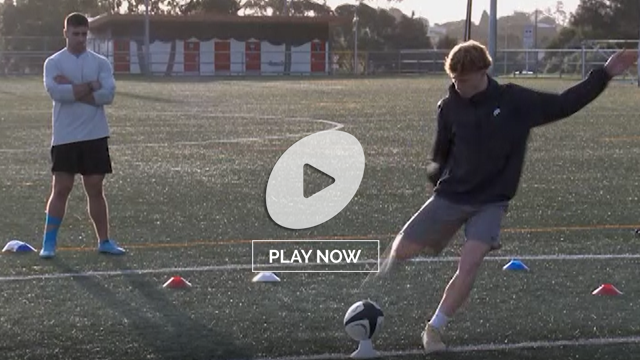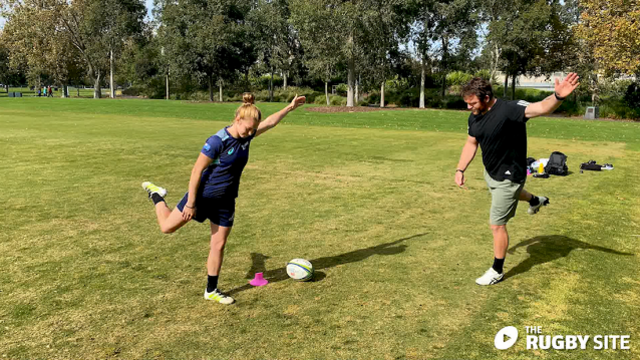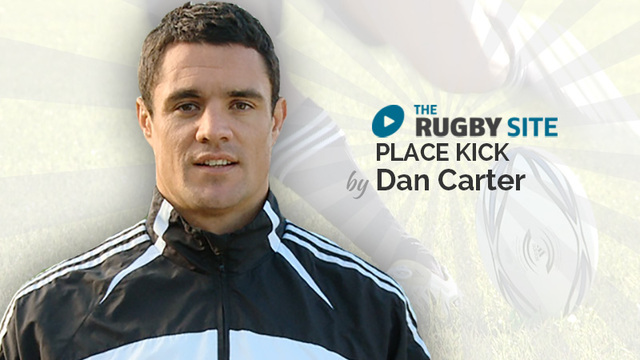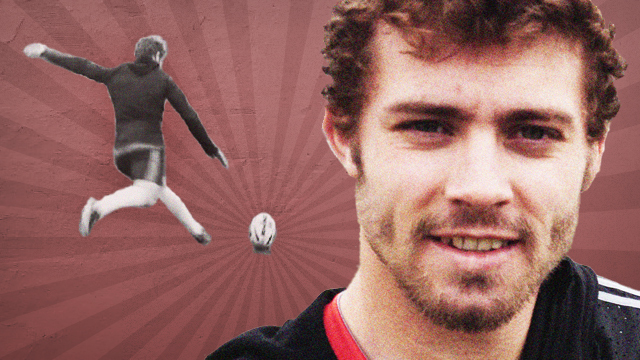To Kick or to be Kicked
As defensive systems continue to increase in speed and, power, the aerial route for attack and defence is becoming increasingly more popular, and safer option, for teams.
As widely predicted, the RWC kicked off at the weekend and kicking played a key role for many teams both in their attack and defence strategies.
Effective kicking, in its many forms, can be used to positive effect at all levels of the game.
Kicking is an area we’d often like to assign to an expert. Alternatively we may allow the players to self manage. When we consider kicking in our practice schedule are we really doing justice to such an important skill?
Why do we kick?
1. To relieve pressure.
Probably the most commonly used reason to kick, particularly in club rugby where the need to get out of the danger zone may be the primary focus.
Kicking from a restart is the main method for teams to exist their own half. As highlighted by Japan’s halfback in their World Cup opener against Russia.
2. To regain possession.
We try to regain possession with chips and grubbers and also in contestable kicks are put up for other players to contest in the air.
This is something Ireland do particularly well through Conor Murray seen here putting in a a contestable box kick against Scotland at the weekend. The kick was well placed with sufficient distance and hang time for his winger to get up and contest and win possession.
3. Attack space.
Similar to previous example but used to apply pressure by turning defences around. Attacking kicks should force opposition teams deep in their own half and apply the pressure of field position. As shown by Japan’s midfield against Russia.
4. To manipulate the oppositions defence structure.
This is used by teams at professional and international level. With such a focus on defence, good sides must look at all options when aiming to break them down. It can take a great deal of patience and accuracy.
Again, in the Japan Russia World Cup opener, the intent by Russia is there but the technique used doesn’t achieve the needed result. The alignment of Russia’s No 10 hips to the direction of the ball shows the ball traveled directly to where he was aiming – a technically perfect kick. He just wasn’t aiming where he really wanted the ball to go and the kick was uncontested and possession lost.
Summary
Kicking can be used positively in both attack and defense at all levels of the game.
However, kicking requires skill in its execution, and support from players, to ensure its success as both Japan and Russia found out at the weekend. Otherwise it comes easy turnover possession for the opposition.
For Ireland, as long as Conor Murray continues at No 9, the game’s best exponent of the Box Kick it will remain an integral part of their game plan during the RWC.
Check out more posts from Dave
